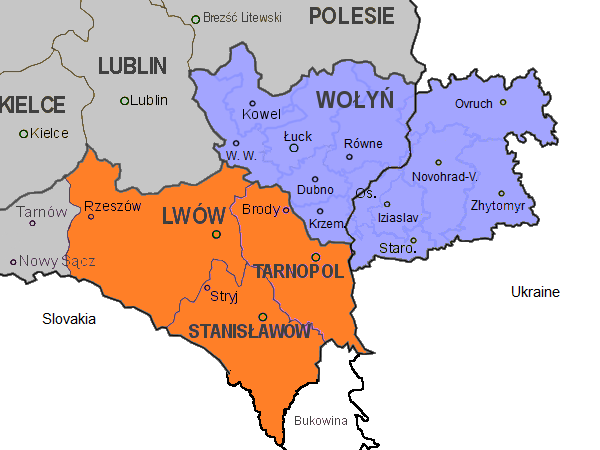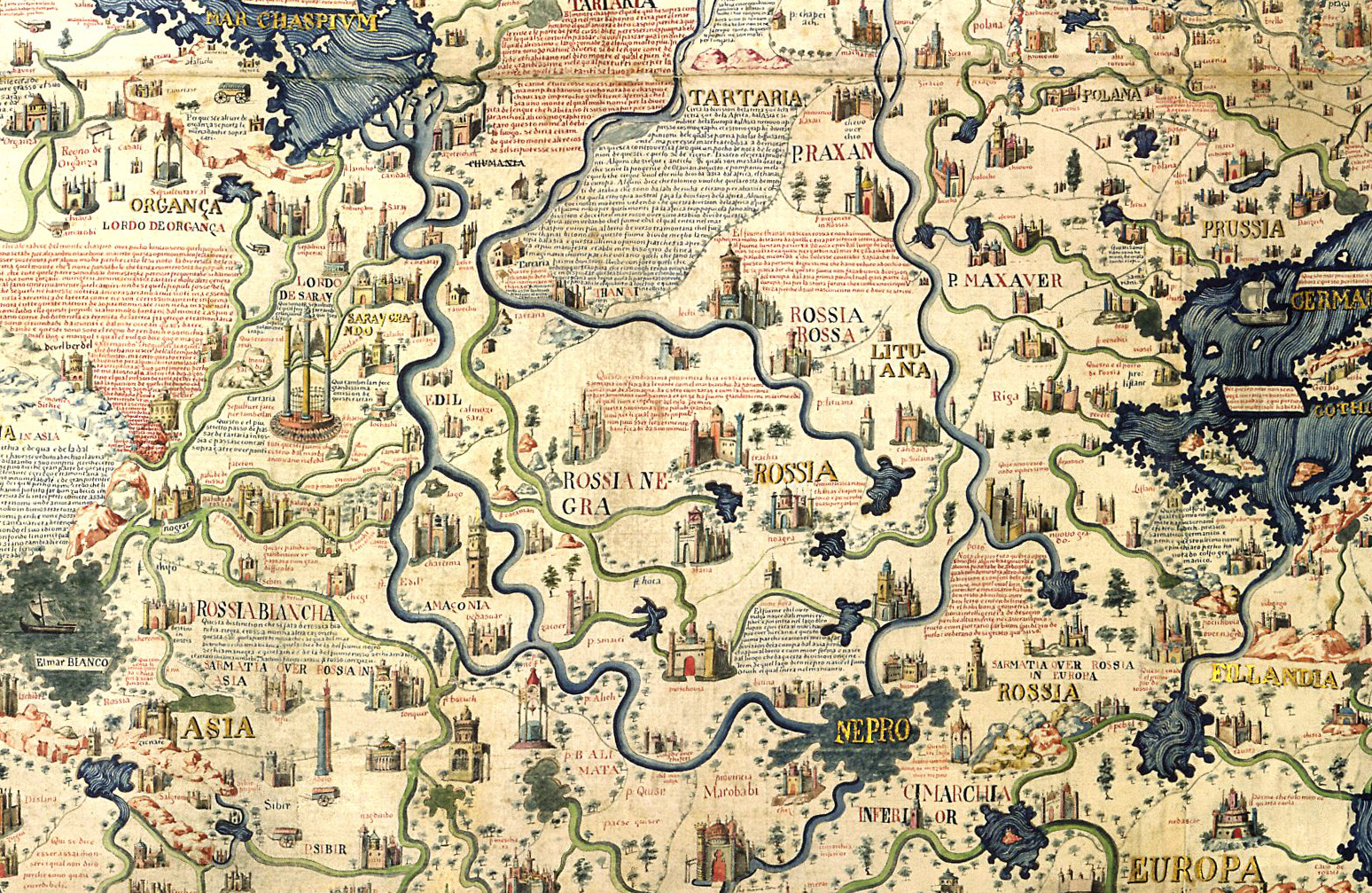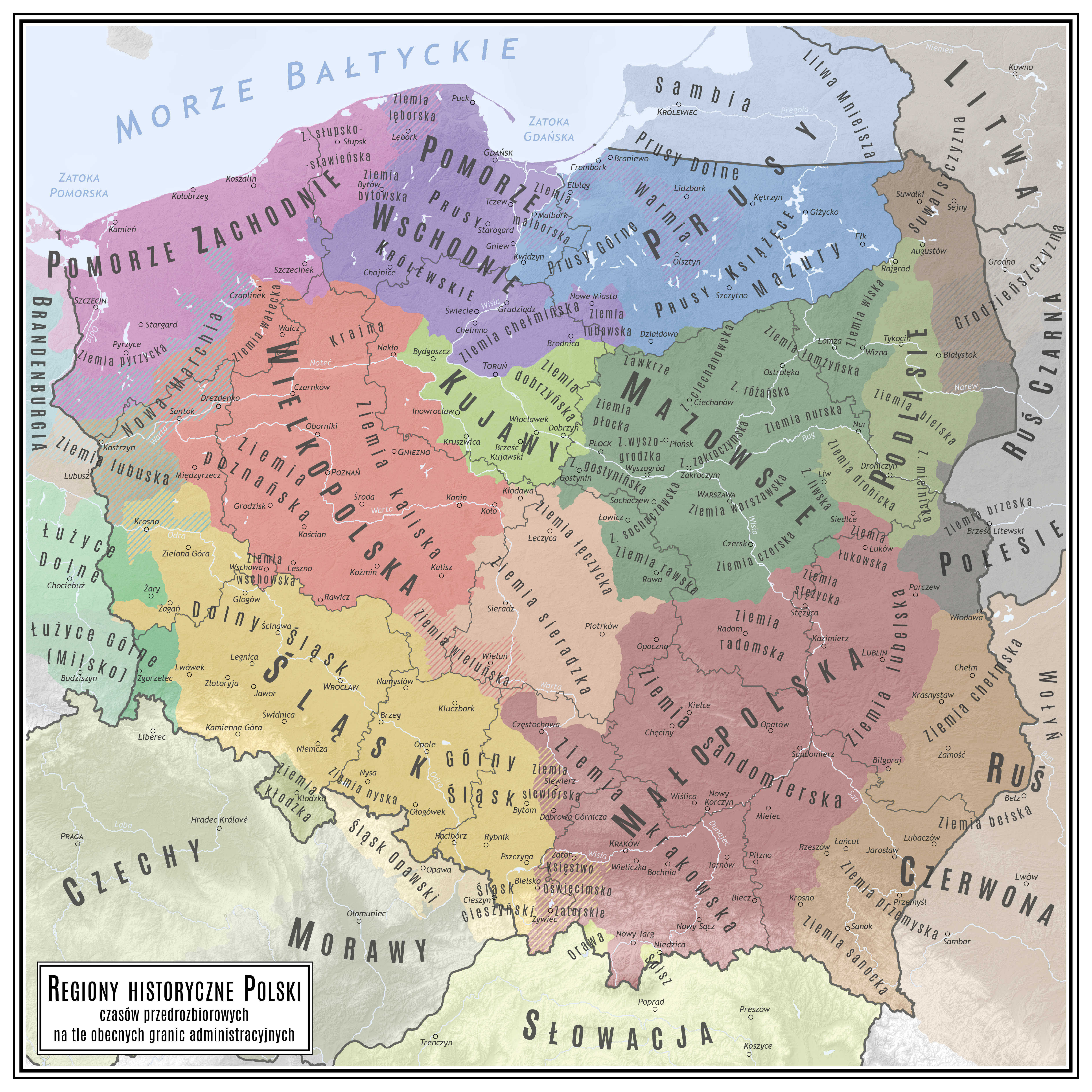|
Western Rus (other)
Western Rus' may refer to: * western regions of Kievan Rus', including: ** Halychian Rus', an East Slavic medieval state, centered in Halych ** Volhynian Rus', an East Slavic medieval state, centered in Volhynia ** Halych-Volhynian Rus', an East Slavic medieval state, uniting Halych and Volhynia ** Kingdom of Rus', an East Slavic medieval kingdom (Galicia-Volhynia) ** Turovian Rus', an East Slavic medieval state, centered in Turov ** Polotskian Rus', an East Slavic medieval state, centered in Polotsk * several Slavic historical regions, including: ** White Rus', an East Slavic historical region ** Black Rus', an East Slavic historical region ** Red Rus', an East Slavic historical region ** Carpathian Rus', a historical region inhabited mostly by Rusyns (Rusynia) See also * Rus' (other) * Principality of Rus' (other) * Grand Principality of Rus' (other) * Ruthenia (other) * Russia (other) Russia, or the Russian Federation, i ... [...More Info...] [...Related Items...] OR: [Wikipedia] [Google] [Baidu] |
Kievan Rus'
Kievan Rus', also known as Kyivan Rus,. * was the first East Slavs, East Slavic state and later an amalgam of principalities in Eastern Europe from the late 9th to the mid-13th century.John Channon & Robert Hudson, ''Penguin Historical Atlas of Russia'' (Penguin, 1995), p.14–16. Encompassing a variety of polities and peoples, including East Slavs, East Slavic, Norsemen, Norse, and Finnic peoples, Finnic, it was ruled by the Rurik dynasty, founded by the Varangians, Varangian prince Rurik.Kievan Rus , Encyclopædia Britannica Online. The name was coined by Russian historians in the 19th century to describe the period when Kiev was preeminent. At its greatest extent in the mid-11th century, Kievan Rus' stretched from the White Sea in the north to the Black Sea in the south and from the River source, headwaters of the ... [...More Info...] [...Related Items...] OR: [Wikipedia] [Google] [Baidu] |
Halychian Rus'
The Principality of Galicia (; ), also known as Principality of Halych or Principality of Halychian Rus, was a medieval East Slavic principality, and one of the main regional states within the political scope of Kievan Rus', established by members of the oldest line of Yaroslav the Wise's descendants. A characteristic feature of the Galician principality was the important role of the nobility and citizens in political life, and consideration a will which was the main condition for the princely rule. Halych as the capital mentioned in around 1124 as a seat of Ivan Vasylkovych the grandson of Rostislav of Tmutarakan. According to Mykhailo Hrushevsky the realm of Halych was passed to Rostyslav upon the death of his father Vladimir Yaroslavich, but he was banished out of it later by his uncle to Tmutarakan. The realm was then passed to Yaropolk Izyaslavich who was a son of the ruling Grand Prince Iziaslav I of Kiev. Prehistory The first recorded Slavic tribes living in the regi ... [...More Info...] [...Related Items...] OR: [Wikipedia] [Google] [Baidu] |
Volhynian Rus'
Volhynia or Volynia ( ; see below) is a historic region in Central and Eastern Europe, between southeastern Poland, southwestern Belarus, and northwestern Ukraine. The borders of the region are not clearly defined, but in Ukraine it is roughly equivalent to Volyn and Rivne Oblasts; the territory that still carries the name is Volyn Oblast. Volhynia has changed hands numerous times throughout history and been divided among competing powers. For centuries it was part of the Polish-Lithuanian Commonwealth. After the Russian annexation during the Partitions of Poland, all of Volhynia was made part of the Pale of Settlement on the southwestern border of the Russian Empire. Important cities include Rivne, Lutsk, Zviahel, and Volodymyr. Names and etymology *, ; * ; *, ; * or ; *; * ; *; *; * or (both ); Volhynian German: , , or (all ); *, or . The alternative name for the region is Lodomeria after the city of Volodymyr, which was once a political capital of the medieval Volhy ... [...More Info...] [...Related Items...] OR: [Wikipedia] [Google] [Baidu] |
Kingdom Of Rus'
Kingdom commonly refers to: * A monarchic state or realm ruled by a king or queen. ** A monarchic chiefdom, represented or governed by a king or queen. * Kingdom (biology), a category in biological taxonomy Kingdom may also refer to: Arts and media Television * ''Kingdom'' (British TV series), a 2007 British television drama starring Stephen Fry * ''Kingdom'' (American TV series), a 2014 US television drama starring Frank Grillo * ''Kingdom'' (South Korean TV series), a 2019 South Korean television series *'' Kingdom: Legendary War'', a 2021 South Korean television series * Kingdom (Friday Night Lights), an episode of the TV series Friday Night Lights * "Kingdom" (''Runaways''), an episode of ''Runaways'' Music * Kingdom (group), a South Korean boy band * ''Kingdom'' (Koda Kumi album), 2008 * ''Kingdom'' (Bilal Hassani album), 2019 * ''Kingdom'' (Covenant Worship album), 2014 * ''Kingdoms'' (Life in Your Way album), 2011 * ''Kingdoms'' (Broadway album), 2009 * ''Kingd ... [...More Info...] [...Related Items...] OR: [Wikipedia] [Google] [Baidu] |
Turovian Rus'
The Principality of Turov, later called the Principality of Turov and Pinsk (; ; ), also known as Turovian Rus', was a medieval principality of Kievan Rus' from the 10th century on the territory of modern-day Belarus and northern Ukraine. The princes of Turov often served as grand princes early in 10th and 11th centuries. Its capital was Turov (Turaŭ), and other important cities included Pinsk, Mazyr, Slutsk, Lutsk, Brest, and Volodymyr. Until the 12th century, the principality was very closely associated with the principalities of Kiev and Volhynia. Later for a short period time until the Mongol invasion it enjoyed a wide degree of autonomy when it was annexed to the Kingdom of Galicia–Volhynia. In the 14th century, it became part of the Grand Duchy of Lithuania. History The Principality of Turov originated mainly from the Dregovich tribe and partially the Drevlyans. While circumstances of its creation are not clearly known, the Principality as mentioned in the Primary Chro ... [...More Info...] [...Related Items...] OR: [Wikipedia] [Google] [Baidu] |
Polotskian Rus'
The Principality of Polotsk (obsolete spelling: ''Polock''; ; ), also known as the Duchy of Polotsk or Polotskian Rus', was a medieval principality. The origin and date of the establishment of the state are uncertain. Chronicles of Kievan Rus' mention Polotsk being conquered by Vladimir the Great, and thereafter it became associated with Kievan Rus' and its ruling Rurik dynasty. The principality was supposedly established around the town of Polotsk (now in Belarus) by the tribal union of Krivichs. In the second half of the 10th century, Polotsk was governed by its own dynasty; its first ruler mentioned in the chronicles was the semi-legendary Rogvolod (?–978), better known as the father of Rogneda. The principality was heavily involved in several succession crises of the 11th–12th centuries and a war with the Novgorod Land. By the 13th century, it was integrated into the Grand Duchy of Lithuania. At the time of its greatest extent, the principality stretched over large pa ... [...More Info...] [...Related Items...] OR: [Wikipedia] [Google] [Baidu] |
White Rus'
White Ruthenia (; ; ; ; ) is one of the historical divisions of Kievan Rus' according to the color scheme, which also includes Black and Red Ruthenia. In the Late Middle Ages and Early Modern period, the name White Ruthenia was characterized by instability, designating a number of different regions on the territory of modern Belarus, Russia, and Ukraine. It is recorded mainly in Western European sources, starting from the middle of the 13th century. History Vasily Tatishchev believed that for the first time the term "White Rus'" is found in the Rostov chronicles in the year 1135, where the lands of Rostov-Suzdal Principality were mentioned. Referring to the publications of the Pole Maciej Stryjkowski, Persian and other Eastern peoples who called the Russian princes "ak-padishah"(white tsar), and the state "Ak-Urus" (White Rus), the historian in his narrative extends this name to all Vladimir-Rostov princes, starting with Yuri Dolgorukiy, and Andrei Bogolyubsky. He also calls t ... [...More Info...] [...Related Items...] OR: [Wikipedia] [Google] [Baidu] |
Black Rus'
Black Ruthenia (), or Black Rus' (; ; ), is a historical region on the Upper Neman, including Novogrudok, Grodno and Slonim. Besides these, other important parts of Black Rus' are Vawkavysk and Białystok. The region was inhabited by the Baltic Yotvingians from ancient times and the name "Black Russia" appeared relatively late. On the 1712 map of French cartographer Henri Chatelain "Russie noire" (Black Ruthenia) is placed in region of Eastern Galicia (today Western Ukraine), which is traditionally known as "Russie rouge" (Red Ruthenia). History The convention of distinguishing different Ruthenian regions by colours was first done by Medieval Western and Central European historians from the 14th to 17th centuries. It was first done circa 1360 by , referring to the Black and Red Ruthenia (placing them in modern Ukraine). Some researchers claim that this color naming convention was influenced by the Mongol invaders, who used them for the cardinal directions. Sometimes in the 16th ... [...More Info...] [...Related Items...] OR: [Wikipedia] [Google] [Baidu] |
Red Rus'
Red Ruthenia, also called Red Rus or Red Russia, is a term used since the Middle Ages for the south-western principalities of Kievan Rus', namely the Principality of Peremyshl and the Principality of Belz. It is closely related to the term Cherven Cities ("Red Cities"). First mentioned by that name in a Polish chronicle of 1321, Red Ruthenia was the portion of Ruthenia incorporated into Poland by Casimir the Great during the 14th century. Following the Mongol invasion of Kievan Rus' in the 13th century, Red Ruthenia was contested by the Grand Duchy of Lithuania (the Gediminids), the Kingdom of Poland (the Piasts), the Kingdom of Hungary and the Kingdom of Galicia–Volhynia. After the Galicia–Volhynia Wars, for about 400 years, most of Red Ruthenia became part of Poland as the Ruthenian Voivodeship. Nowadays, the region comprises parts of western Ukraine and adjoining parts of south-eastern Poland. It has also sometimes included parts of Lesser Poland, Podolia, Right-bank Uk ... [...More Info...] [...Related Items...] OR: [Wikipedia] [Google] [Baidu] |
Carpathian Rus'
Transcarpathia (, ) is a historical region on the border between Central and Eastern Europe, mostly located in western Ukraine's Zakarpattia Oblast. From the Hungarian Hungarian conquest of the Carpathian Basin, conquest of the Carpathian Basin (at the end of the 9th century) to the end of World War I (Treaty of Trianon in 1920), most of this region was part of the Kingdom of Hungary. In the interwar period, it was part of the First Czechoslovak Republic, First and Second Czechoslovak Republics. Before World War II, the region was annexed by the Kingdom of Hungary (1920–46), Kingdom of Hungary once again when Germany dismembered the Second Czechoslovak Republic. After the war, it was annexed by the Soviet Union and became part of the Ukrainian Soviet Socialist Republic. It is an ethnically diverse region, inhabited mostly by people who regard themselves as ethnic Ukrainians, Rusyns, Hungarian people, Hungarians, Romanians, Slovak people, Slovaks, and Polish people, Poles. It a ... [...More Info...] [...Related Items...] OR: [Wikipedia] [Google] [Baidu] |
Rus' (other)
Rus or RUS may refer to: People * East Slavic historical peoples (). See Names of Rus', Russia and Ruthenia ** Rus' people, the people of Rus' ** Rus, a legendary eponymous ancestor, see Lech, Czech and Rus * Rus (surname), a surname found in Romania and elsewhere Historical places * Kievan Rus', a medieval East Slavic state, centered in Kiev * Rus' Khaganate, a ninth-century Eastern European state * Ruthenia * Vladimirian Rus', or Vladimir-Suzdal, an East Slavic medieval state, centered in Vladimir * Halychian Rus', or Principality of Halych, an East Slavic medieval state, in region of Halych * Volhynian Rus', or Principality of Volhynia, an East Slavic medieval state, in regions of Volhynia * Halych-Volhynian Rus', or Kingdom of Galicia–Volhynia, an East Slavic medieval state, uniting Halych and Volhynia * Kingdom of Rus', or Galicia-Volhynia, an East Slavic medieval kingdom * Turovian Rus', or Principality of Turov, an East Slavic medieval state, in region of Turov * Polotsk ... [...More Info...] [...Related Items...] OR: [Wikipedia] [Google] [Baidu] |





